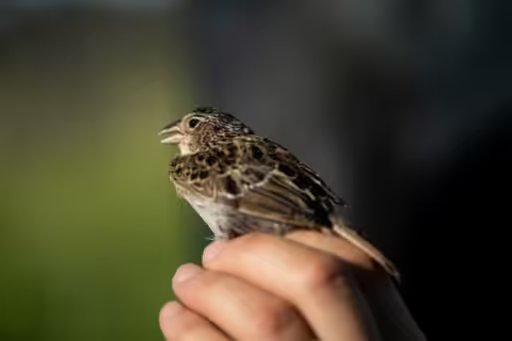Florida Grasshopper Sparrow Makes Remarkable Comeback

Scientists in Florida are celebrating a major success in saving the endangered Florida grasshopper sparrow. This week, the 1,000th bird bred in captivity was released into the wild, a key milestone in efforts to save the species.
By 2015, the sparrow’s numbers had dropped drastically due to habitat loss, prompting conservationists to move the remaining birds into captivity to breed them. The goal was to build a stable population and prevent extinction.
Recent releases at Avon Park military range and other sites have shown encouraging results. This year, researchers have found 16 nesting pairs and 30 singing males at Avon Park, and 40 pairs and 68 males at Three Lakes, a site where numbers were once as low as 11 pairs.
Adrienne Fitzwilliam, lead researcher at the Florida Fish and Wildlife Conservation Commission (FWC), expressed her optimism. “The recovery program has saved the Florida grasshopper sparrow from extinction,” she said. “It’s wonderful to see these birds thriving and breeding in the wild.”
The release process, which started in 2019, involves careful monitoring of the birds as they establish their homes. The effort includes tracking the hard-to-find nests in the dense prairies where the birds live.
Although the species isn’t fully secure yet, the recovery program has given hope for the future. Conservation groups like Audubon and the Fish and Wildlife Foundation of Florida are also working on habitat improvements, such as controlled burns to help the prairie environment.
“The success of these releases means the birds are not just surviving but also raising young,” Fitzwilliam said. “This progress is a big step towards ensuring their long-term survival.”
Re-reported from the article originally published in THE GUARDIAN.








